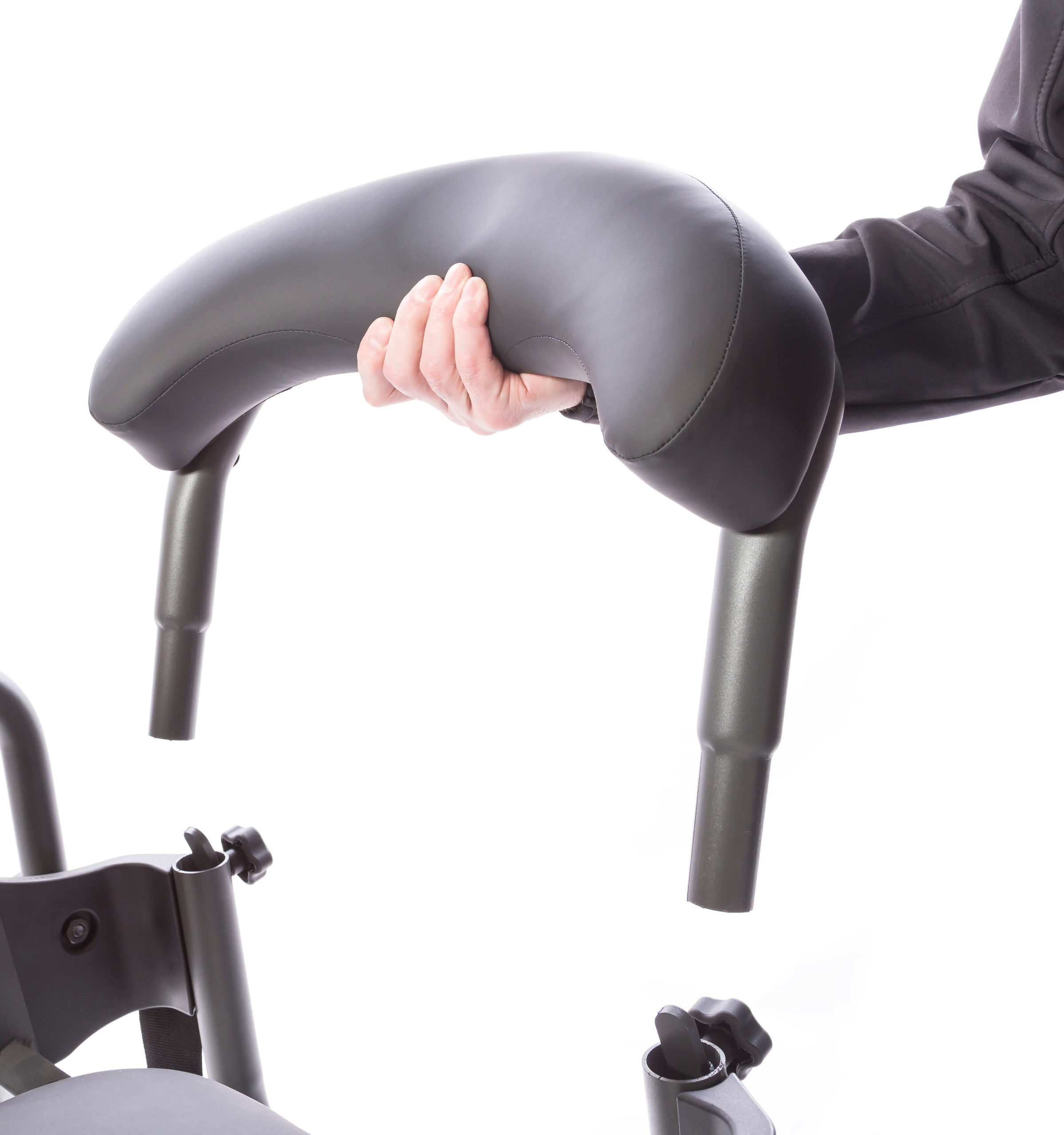How To Use a Standing Frame: Best Practices
Need to know how to get the most out of your standing frame? Click here to learn more about its uses and benefits.

Standing frames can be truly life changing. Suited to patients undergoing rehabilitation or those with conditions like MS, they unlock a whole new array of possibilities, helping to improve the patient’s physical and mental health.
However, as with any other piece of medical equipment, there are certain rules and procedures you should stick to when using a standing frame. Whether you’re using one yourself or are caring for someone who does, this blog will outline the key points you need to know. From assembling and adjusting the frame to maintaining it correctly, we’re going to cover standing frame best practices below.
Every standing frame is different
The first point to be aware of is that each and every standing frame is different – and all of them work in different ways. Depending on the make and model of frame you have, it may have a powered lift function or may require the assistance of a carer to operate. Different frames use different kinds of straps to hold the user in place, too. It’s vital that, before the frame is used, you’re familiar with the way it works and the correct usage procedures.
Make sure you read the user manual thoroughly and pay close attention to any safety guidelines outlined within it; if you don’t, you could risk injuring the user and damaging the frame.
Assemble the frame carefully
Modern standing frames can be pretty complex pieces of equipment. Although they’re simple and intuitive to use, there are a lot of components that go into each frame – and all of them play a vital role in helping the user stand safely and securely.
When assembling the standing frame, follow the instructions carefully and ensure that each and every component is fitted securely. If in doubt, contact the manufacturer for guidance.
Adjust it to suit your specific needs
Once you or your patient are ready to begin using the standing frame, it’s time to adjust each component for optimal comfort and safety. EasyStand frames offer a significant amount of adjustability to suit users of all shapes and sizes. For example, the StrapStand features adjustable footplates, knee pads and straps.
The knee pads should be adjusted so that the user’s knees are centred within them, providing plenty of cushioning. The angle of the footplates can be adjusted to provide additional comfort while, on some models, the height can also be adjusted to help centre the user’s knees on the knee pad.
Once the strap is attached to the lifting arms, the hook position can be adjusted to keep the user comfortable. It needs to be tight enough to keep the user safe, but not too tight so as to restrict their movement and cause discomfort. The upper edge of the strap should be located just under the user’s belt line.
It’s important to note that each component of the standing frame should be adjusted while the user is seated. Never adjust the strap or footplates when the user is standing, as this could cause injury and damage to the frame.
Position the frame in a comfortable location
Before using the standing frame, always make sure that it’s positioned in a safe location with plenty of room for manoeuvre. If any adjustments need to be made to ensure the user is comfortable, having plenty of space around the frame will make this process so much easier.
Carry out safety checks
Assembling the frame correctly in the first instance is one thing, but it’s equally as important to regularly check the frame over for any signs of wear and tear. Gradually, components may begin to wear out and need attention, so it’s vital that any potential weak points are identified before they cause injury.
Complete maintenance as and when required
Tying into the above point, maintenance is critical. No matter which type of standing frame you choose, always ensure that it’s maintained in accordance with the manufacturer’s recommendations.
Typically, standing frames will require regular cleaning and disinfecting, and the hydraulic actuator used to lift the patient up may occasionally need to be bled (a straightforward process that removes any trapped air from the hydraulic system).
Alongside this, it’s critical that any suggested weight limits or usage restrictions are adhered to in order to prevent damage to the unit.
Need advice? Speak to our team today
We hope our guide has helped bring you up to speed on the dos and don’ts of using standing frames. If you have any further questions or would like to find out more about the specific benefits and usage guidelines of either the EasyStand Evolv or StrapStand, please don’t hesitate to get in touch with our team.